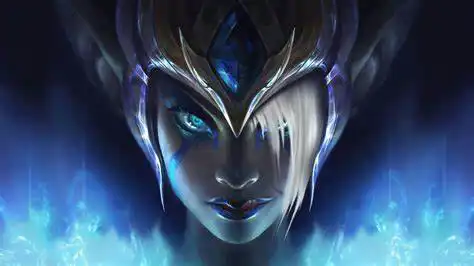The Adaptive Meta in League
In League of Legends, as in any online multiplayer game, the dynamics are always changing. New characters, known as champions, are introduced, shaking up the metagame and challenging players to adapt.
The dev team at Riot Games is fond of adding fresh gameplay mechanics, making each new champion release an opportunity for evolution in strategies and play styles among the community.

However, responding to this ever-evolving landscape has a specific pattern to it. With each new champion introduction, there's an identical player response cycle.
As a champion gets released, everyone generally rushes to try them out. We love novelty and exploration, and new champions feed that curiosity.
Mastery in Chaos
Immediately following the release, the champion's pick rate skyrockets. Players are eager to harness their abilities, and they take them out for a spin in the Fields of Justice.
During this stage, a measure of chaos often ensues. Players are still figuring out the best tactics, item builds, and skill progressions for these champions, which leads to unexpected results.
As this phase draws to a close, though, things start to settle. Players begin mastering these champions, developing successful strategies and becoming consistently effective.
This mastery phase lasts up until the release of the next champion, where the entire process repeats.
A Dance with Comfort Zones
After a champion has been around for some time, devotion to them begins to wane. Unless they are one of the dedicated mains, most players will return to their old favorites once the excitement has worn off.
This return to old habits is not instantaneous. Some champions, because of their playstyle or skills, may continue to be popular picks even after the limelight has faded.
The transition back to the familiar does mark a significant shift, though. Suddenly less interested in exploration, players prefer honing their skills with more practiced champions.
This tendency can be especially noticeable once a new champion begins to be teased. Anticipation for the next big thing draws attention away from the current newcomer.
Response to Critical Reception
How a champion is initially received can also shape their legacy within the player base. Champions who are weak or underperforming might be ignored, regardless of their newness.
Conversely, champions that are considered too strong can become overplayed until adjustments from the developers bring them back in line with their peers.
These considerations do not entirely define a champion's popularity. A champ with fun mechanics or a unique playstyle can hold attention despite not being top-tier in the power rankings.
Simultaneously, those seemingly overpowered could be less favored because their game-play doesn't resonate with a wide player base.
Meta Interactions
The meta, or most effective tactics available, is a critical factor in champion popularity. Champions who align with the current meta will see increased playtime, while those who don't may be overlooked.
As the meta shifts, so too does the pool of popular champions. Balance updates can cause drastic changes in the meta, making once-popular champions fall out of favor, while less commonly played champs suddenly rise in demand.
Players must quickly adapt to these changes to find success, which can lead to a temporary resurgence in interest in champions who were previously deemed suboptimal.
The constant flux of the meta-game keeps players on their toes. Staying relevant in the ever-shifting landscape of League of Legends is an ongoing challenge.